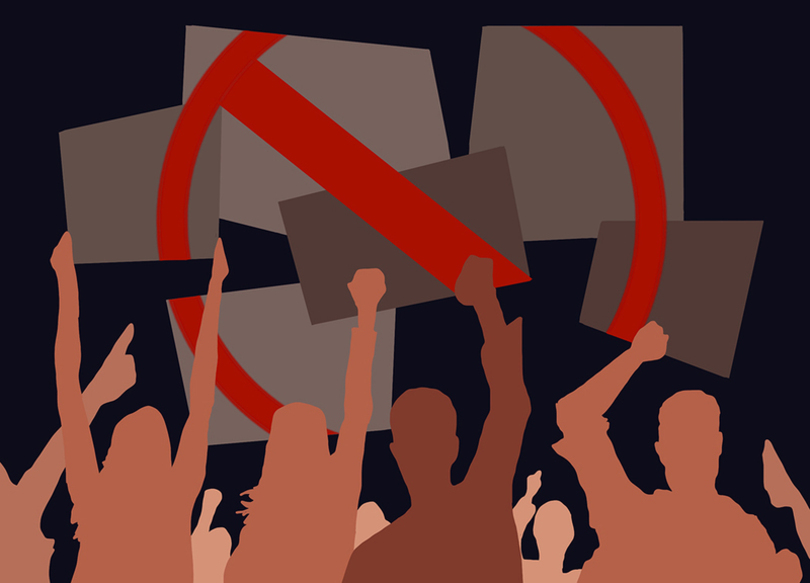Efforts to prevent gun violence must go beyond affluent communities

Sarah Allam | Head Illustrator
The Syracuse March for Our Lives was inspiring in its strive for expanded gun control measures, but the lack of diversity at the march perpetuates Americans’ willingness to ignore gun violence in low-income communities of color.
The Saturday march, which was organized after the Feb. 14 mass shooting at Marjory Stoneman Douglas High School in Parkland, Florida, demonstrated how real it is for students to live in fear of being gunned down in their schools. But attention surrounding gun violence tragedies is disproportionately directed to majority-white towns as opposed to inner-city communities, where gun violence is rarely given a second thought by those outside the community.
Parkland; Newtown, Connecticut; and Columbine, Colorado are white suburban communities the media portrays as crime-free zones — safe havens from violence. When Americans react to the kind of tragedies these towns have experienced, we often wonder how something so violent could have happened in such a supposedly harmless community. But when it comes to violence in inner cities, we remain silent.
Whether we admit it or not, American society expects gun violence at inner-city schools, not affluent suburban ones. Society has decided that violence in low-income communities is the norm, which is problematic, because the students at these inner-city schools are primarily children of color who are on the lower end of the socioeconomic spectrum.
This doesn’t mean rallies against gun violence are only responding to tragedies in majority-white, affluent communities. But these rallies have failed to be fully inclusive to marginalized communities and peoples disproportionately affected by gun violence.
The March for Our Lives rallies focused on stricter regulations for legal guns, but stricter laws on gun purchases cannot be the only solutions for preventing gun violence. We must track down where these guns are coming from and limit access to semi-automatic weapons to see real change in all communities — not just the wealthy ones.
The march was an incredible event that showcased the power of youth activists. But until our awareness of gun violence applies to both affluent and low-income communities, the movement behind the March for Our Lives won’t be fully protective of all lives.
Obi Afriyie is a senior cultural foundations of education and history dual major. His column appears biweekly. He can be reached at ooafriyi@syr.edu.




